Training Schedule Samples
-

Athletes Training Schedule
download now -
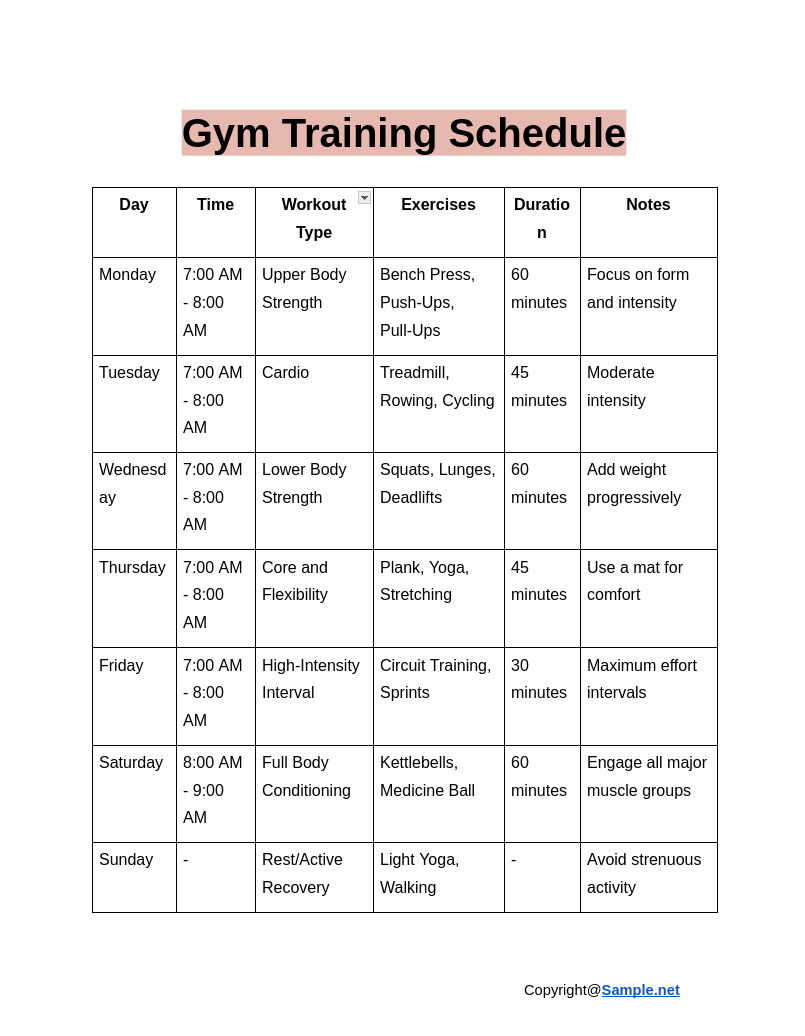
Gym Training Schedule
download now -
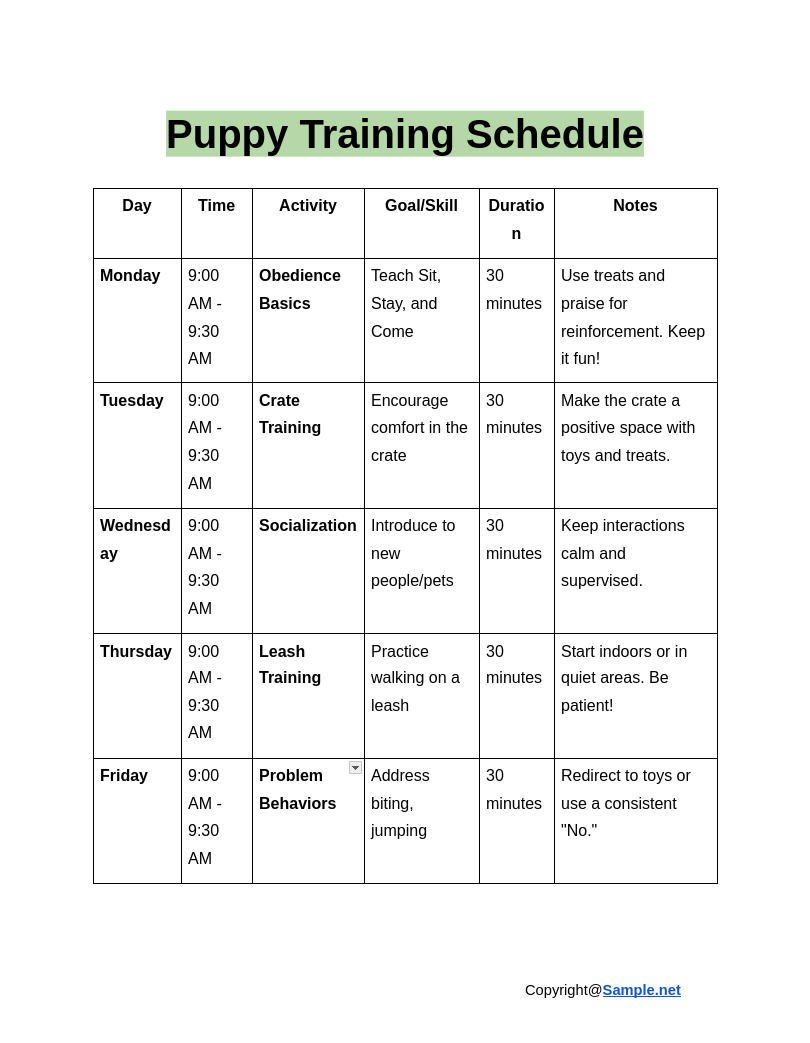
Puppy Training Schedule
download now -
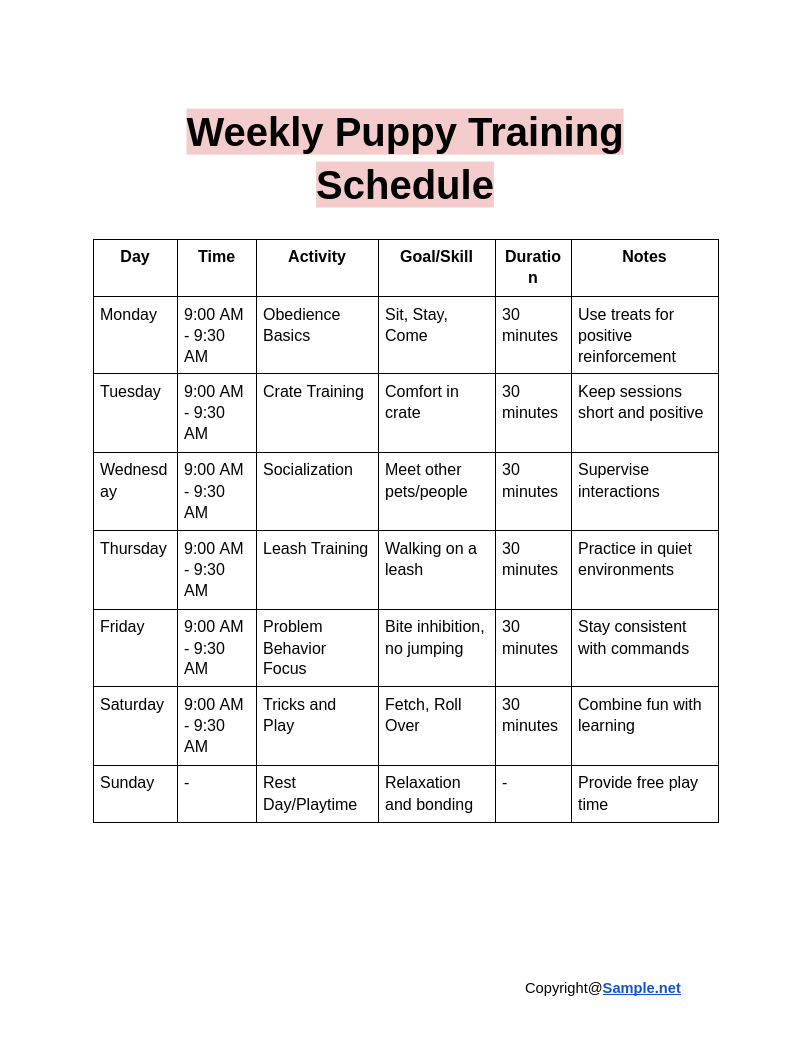
Weekly Puppy Training Schedule
download now -
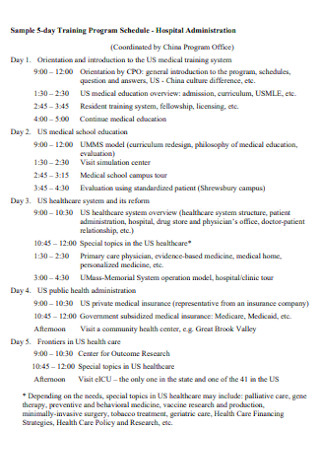
Training Program Schedule
download now -
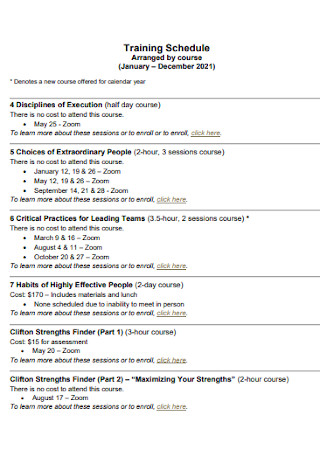
Course Training Schedule
download now -
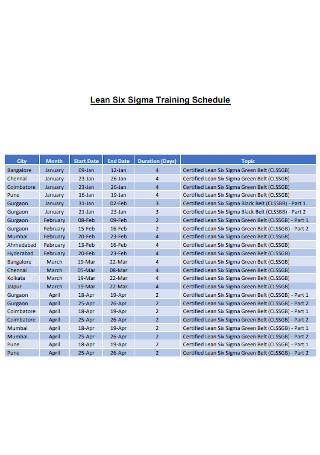
Six Sigma Training Schedule
download now -
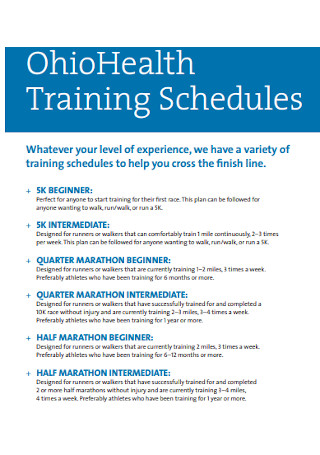
Health Training Schedule
download now -
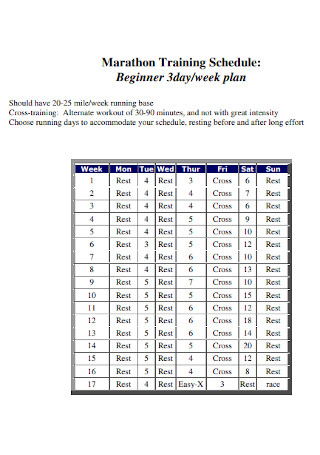
Beginner Training Schedule
download now -

Distributor Training Schedule
download now -

Request to Schedule Training
download now -
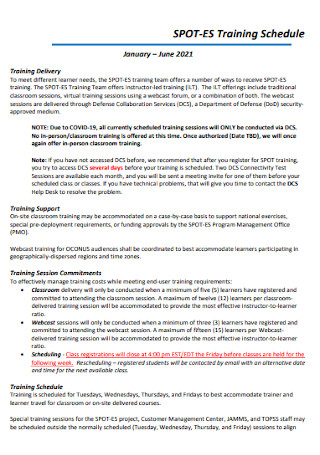
Spot Training Schedule
download now -
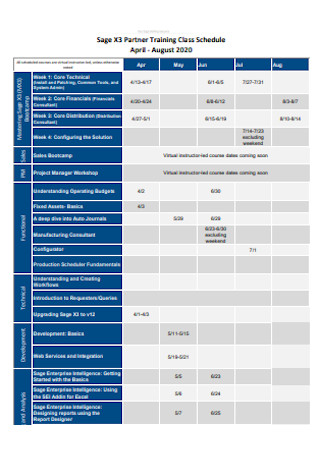
Partner Training Class Schedule
download now -
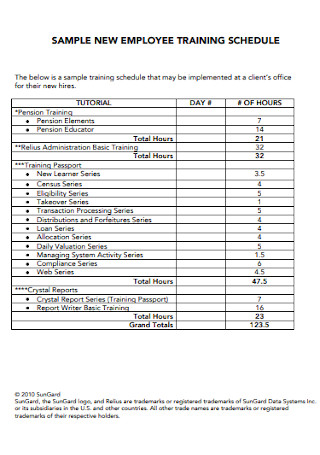
Employee Training Schedule
download now -
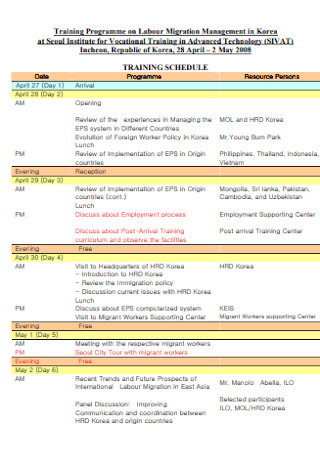
Training Schedule on Labor
download now -
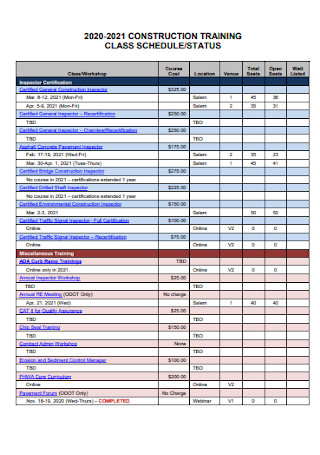
Construction Training Schedule
download now -
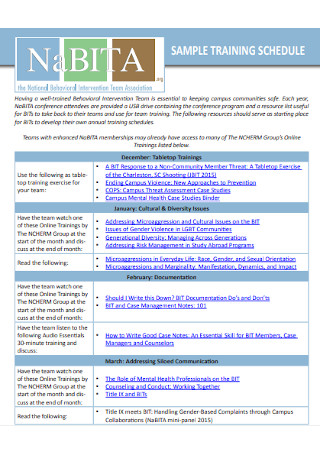
Sample Training Schedule Example
download now -
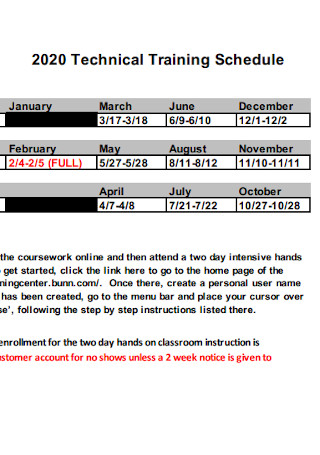
Technical Training Schedule
download now -

Cashier Training Schedule
download now -
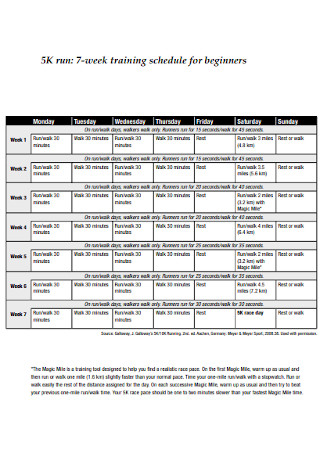
Training Schedule for Beginners
download now -
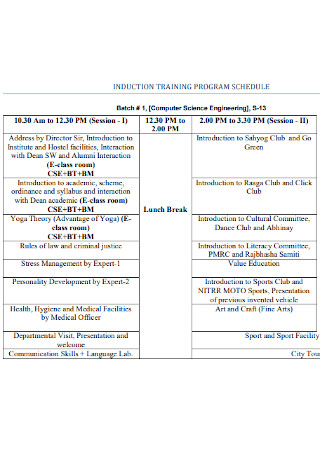
Induction Training Program Schedule
download now -
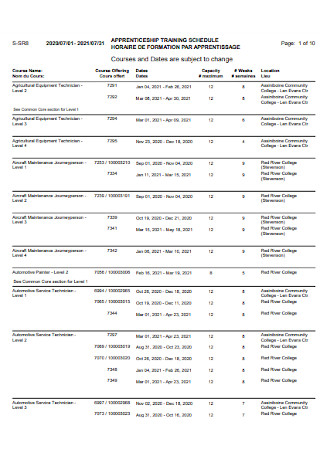
Apprenticeship Training Schedule
download now -
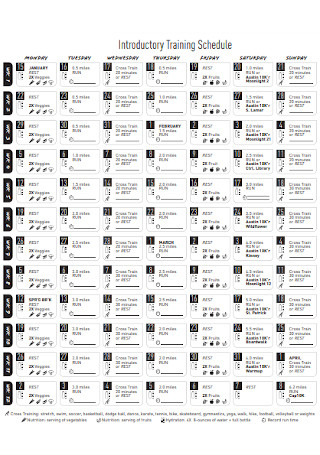
Introductory Training Schedule
download now -
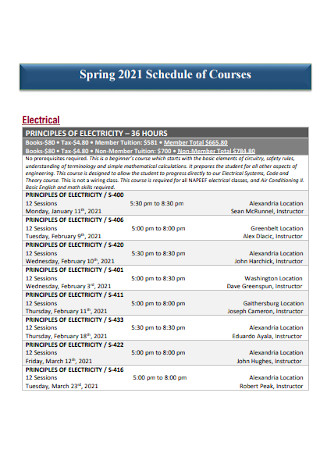
Schedule of Courses Training
download now -

Light Category Training Schedule
download now -

Simple Training Schedule Template
download now -

Training for Vendors Schedule
download now -
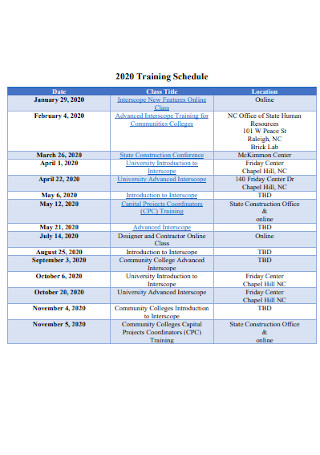
Training Schedule Format
download now -
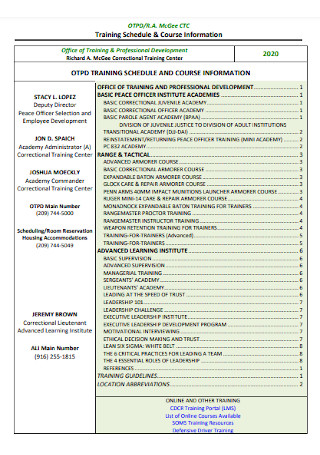
Training Schedule and Course Information Template
download now -
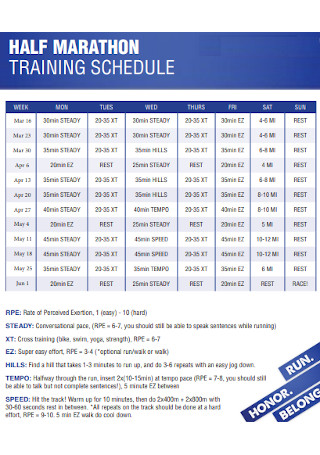
Half Marathon Training Schedule
download now -

Transit Training Schedule
download now -
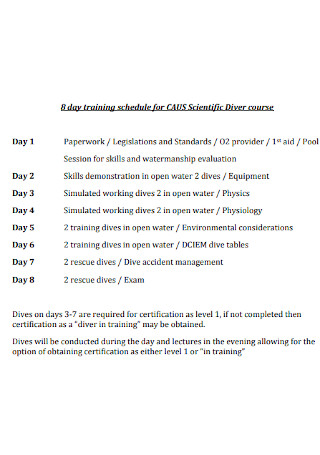
Training Schedule for Scientific Diver Course
download now -

Monthly Training Schedule Template
download now -
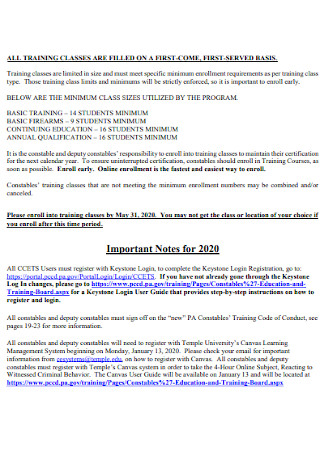
Constables Training Schedule
download now -
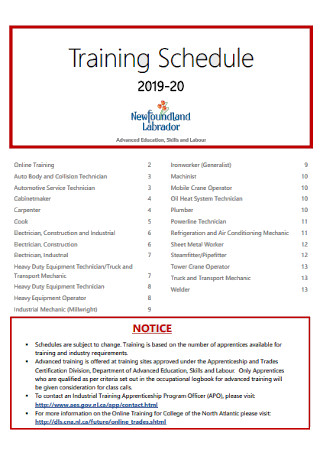
Online Training Schedule
download now -
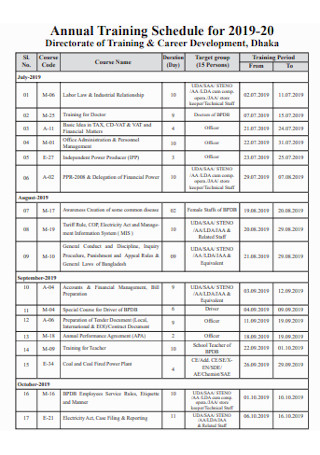
Annual Training Schedule
download now -
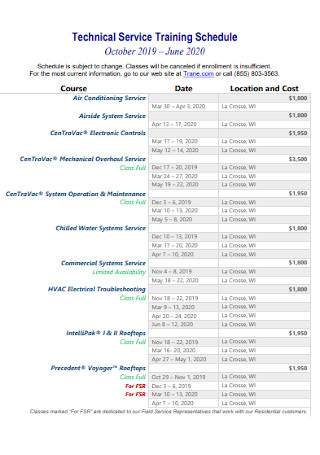
Technical Service Training Schedule
download now -
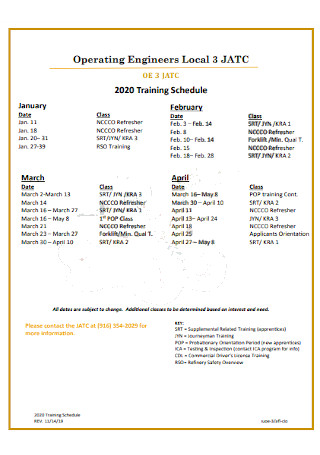
Engineers Training Schedule
download now -
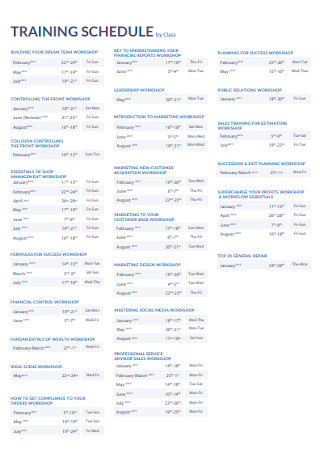
Basic Training Schedule Template
download now -
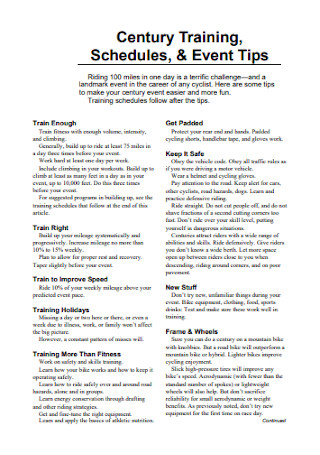
Event Training Schedule
download now -

Research Training Schedule
download now -
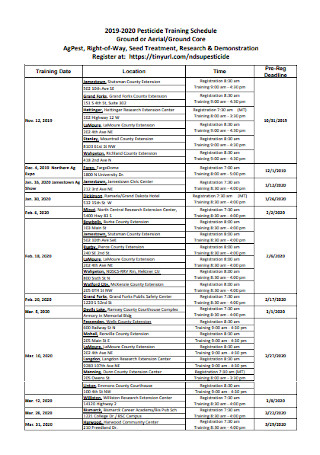
Pesticide Training Schedule
download now -
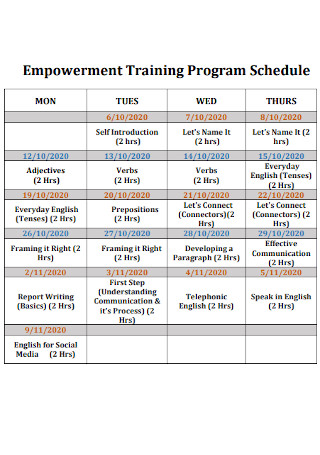
Empowerment Training Program Schedule
download now -
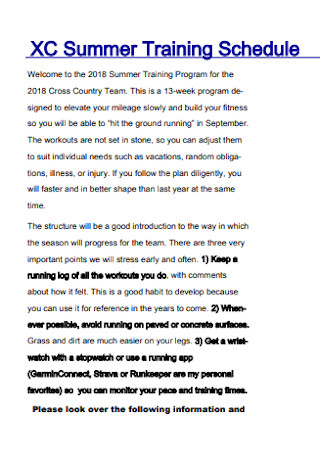
Summer Training Schedule
download now -
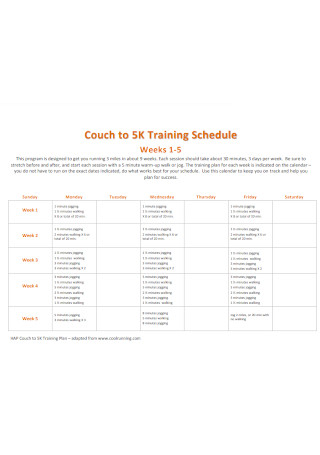
Formal Training Schedule Template
download now -
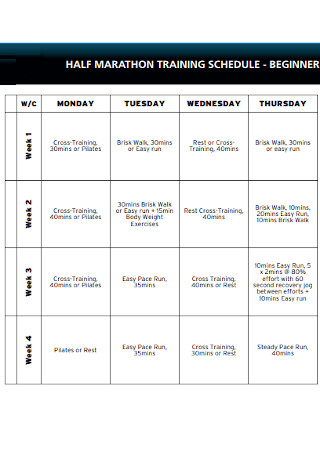
Half Marathon Training Schedule
download now -
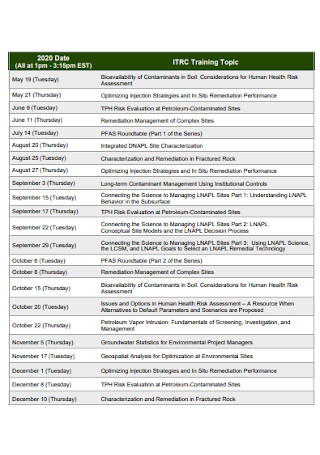
Standard Online Training Schedule
download now
FREE Training Schedule s to Download
Training Schedule Format
Training Schedule Samples
What is a Training Schedule?
The Basic Elements of a Training Schedule
How to Make a Solid Training Schedule
FAQs
How important is employee training?
What are great examples of activities for training sessions?
What are the steps to develop an effective training program?
What factors should I consider when designing a training schedule?
How do corporate training schedules differ from personal ones?
Can a training schedule help improve motivation?

Download Training Schedule Bundle
Training Schedule Format
Header Information
- Training Program Title: [Insert program title]
- Date: [Insert start and end dates]
- Location: [Insert location, e.g., Online, Office Training Room]
- Target Audience: [Specify audience, e.g., New Employees, Managers]
- Facilitator(s): [Insert trainer names]
- Duration: [Insert total duration, e.g., 5 days, 10 hours]
Daily Schedule
| Day/Date | Time | Session Title/Topic | Trainer/Facilitator | Objectives/Outcome | Resources/Materials |
|---|---|---|---|---|---|
| Day 1 | 9:00 AM – 10:30 AM | Introduction & Orientation | [Name] | Understand program structure and objectives | Presentation slides, handbook |
| 10:30 AM – 12:00 PM | Topic 1: [Insert Topic Name] | [Name] | Learn [key skills/knowledge] | Video, case studies | |
| Lunch Break | 12:00 PM – 1:00 PM | ||||
| 1:00 PM – 3:00 PM | Topic 2: [Insert Topic Name] | [Name] | Develop [specific skills] | Workshop materials | |
| 3:00 PM – 4:00 PM | Q&A and Recap | [Name] | Clarify doubts, summarize learning | Flipcharts, whiteboard |
Weekly Overview (if applicable)
| Week | Key Focus Areas | Expected Outcomes | Additional Notes |
|---|---|---|---|
| Week 1 | Fundamentals: [List topics] | Build foundational knowledge and skills | Participants to complete pre-assessment |
| Week 2 | Advanced Techniques: [List topics] | Apply skills to real-life scenarios | Practical sessions included |
| Week 3 | Evaluation and Feedback | Ensure knowledge retention and application | Certification exam |
Additional Details
- Evaluation Methods: [Feedback forms, quizzes, skill demonstration]
- Breaks: [Morning break, lunch, and afternoon break timings]
- Attendance Tracking: [Specify method, e.g., sign-in sheets, digital logs]
- Follow-Up Activities: [e.g., Post-training assessment, resources for further learning]
What is a Training Schedule?
A training schedule is just like an ordinary work schedule except it focuses primarily on the timeframe of different training activities. Whether the concern refers to employee training, army training, fitness training, or any other form of training, expect the schedule to present the big picture of all the various training tasks to accomplish in chronological order. Thanks to training schedules, everything planned for training is all lined out and anyone concerned in the training only needs to follow the instructions on time.
The Basic Elements of a Training Schedule
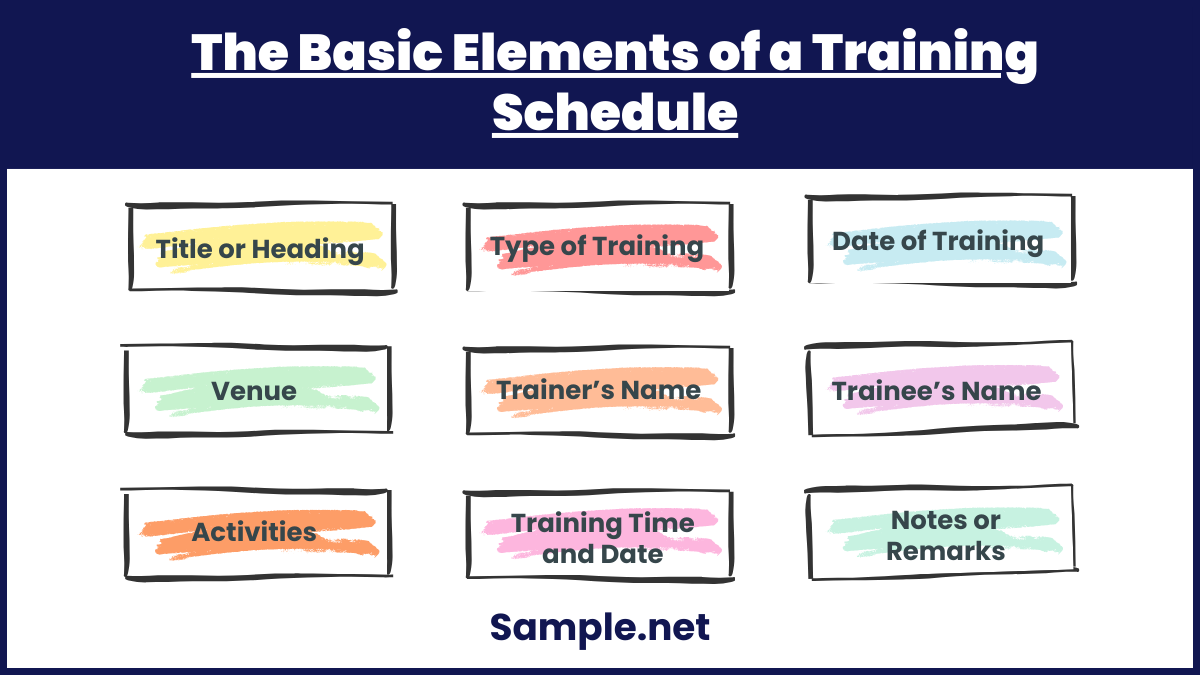
Now that you know the significance of training schedules, get to know what makes up a standard training schedule next. Albeit there are different formats and data inside various training schedules, each basic example usually contains the following elements:
How to Make a Solid Training Schedule
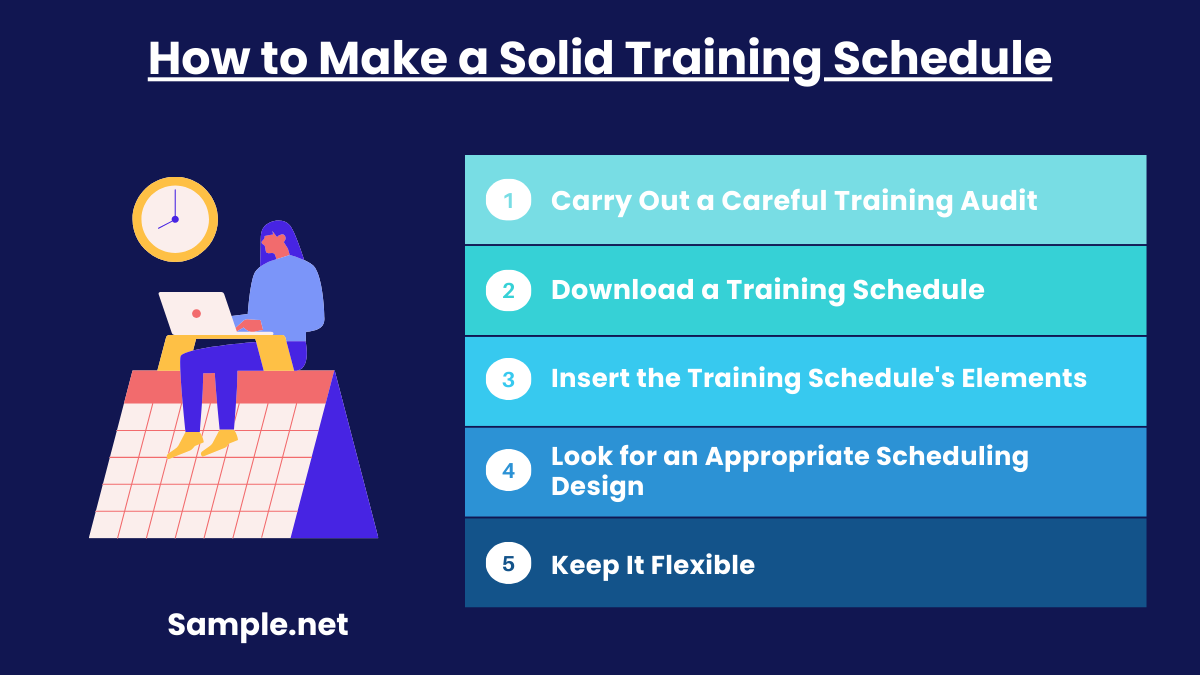
Are you ready to create your own training schedule? Fret no more because you are guaranteed to pull off the best training schedules by following these important steps:
Step 1: Carry Out a Careful Training Audit
Training audit helps you set up the overall training program in the most efficient way possible. With the help of training needs analysis, you would understand what the trainees should go through, what trainers should pull off, and even how to set realistic time estimations for the many training activities. Also, auditing helps in finding inefficiencies from the training plan until things will improve for the training schedule later on.
Step 2: Download a Sample Training Schedule
The long wait in making training schedules is over. Simply download from any of the sample training schedule templates enlisted above in this article. You can customize your chosen sample afterward rather than working at the very beginning. Start by adding your signature touches such as company name, branding, and logo until you eventually finalize whether to go for PDF or MS Word format.
Step 3: Insert the Training Schedule’s Elements
You already know that a standard training schedule is made up of the heading, type of training, down to the notes or remarks segment. So be sure to complete those elements and even insert more details that you think can enhance the training schedule’s content. What you add affects how effective or ineffective the training schedule will be. A tip is to base on the original training plan, if you already have one, in completing the training schedule’s elements. And be sure you use brief, specific, and easily understandable words to avoid making the schedule complicated.
Step 4: Look for an Appropriate Scheduling Design
Speaking of making the training schedule less complicated, find the appropriate scheduling design that works best for your training program. This is where visual organizers are at play. Of course, tables are the generic way to present the training schedule but you can also label and design the schedule using timeline charts, schedule graphs, and other graphics. What matters the most is that the design you use fits the training schedule’s data.
Step 5: Keep It Flexible
The obvious instruction of having a schedule is to commit to the schedule no matter what. But sometimes, there are circumstances where changes could happen. Maybe a trainee gets sick during the training day, an important meeting ensues to postpone the training, or perhaps a training program should be changed due to lack of resources. Hence, be prepared for these scenarios by ensuring a flexible schedule. That means you have a plan B or extra schedules in case the worst circumstances occur.
FAQs
How important is employee training?
Lorman Education Services reported that 59% of employees received no workplace training as they were only self-taught. Thus, there is a need for more employers to implement proper employee training programs as much as possible to promise ongoing learning and development at work. Employees can achieve greater lengths in their careers with regular employee training, and the company will benefit from it as well. You can also see more on Daily Construction Schedule.
What are great examples of activities for training sessions?
Although the tasks and activities expected for training would differ, here are some notable examples: lectures, demonstrations, role-playing, e-learning, case studies, and other group work activities.
What are the steps to develop an effective training program?
An effective training program can be processed in six steps: define the training, prepare it, practice it, deliver it, confirm it, and audit trainee performance.
What factors should I consider when designing a training schedule?
Key factors include time availability, skill level, recovery needs, and specific goals. Tailor intensity and duration based on personal or team capabilities to avoid overtraining.
How do corporate training schedules differ from personal ones?
Corporate training schedules are typically goal-oriented, focusing on skill enhancement, productivity, and team collaboration. They are designed for a group and may include deadlines and assessments. You can also see more on Class Schedules.
Can a training schedule help improve motivation?
Yes, seeing consistent progress through a schedule boosts confidence and motivation. Structured plans make goals appear more achievable and reduce procrastination.
